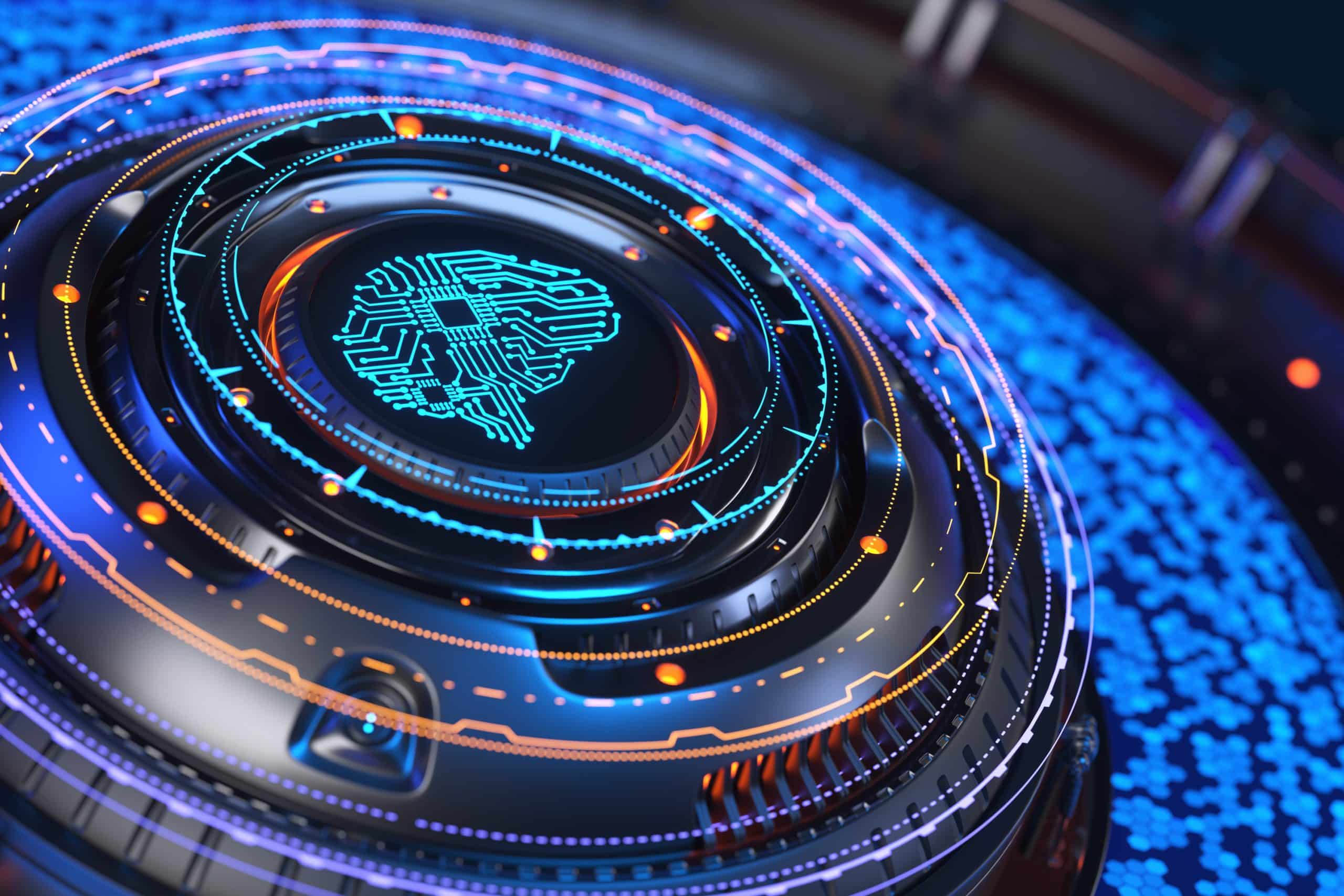From the detection of rare diseases to the enhancement of patient care, artificial intelligence (AI) is transforming the healthcare industry. One particular area where its influence is growing is in diagnostic imaging. AI offers new possibilities for the interpretation and analysis of medical imaging data, enhancing the precision and speed of diagnostics. As a result, it allows healthcare professionals to provide patients with more accurate and timely treatment.
How AI Influences Diagnostic Imaging
Diagnostic imaging is a crucial part of modern healthcare. It involves using different techniques to produce images of the body’s interior for medical analysis. The most common types of diagnostic imaging are radiology, MRI scans, and ultrasound. In recent years, algorithms powered by AI have begun to play a significant role in interpreting these images.
A découvrir également : How Is Augmented Reality Enhancing Training and Safety in High-Risk Industries?
AI brings a new level of sophistication to diagnostic imaging. It allows for the automation of tedious and time-consuming tasks, such as the segmentation of images. Furthermore, algorithms can now detect irregularities in images that might be missed by the human eye. For instance, Google’s deep learning system has shown promising results in detecting lung cancer in radiology images.
By automating the detection process, AI reduces the workload of radiologists and allows them to focus on the critical task of deciding on the best course of treatment.
A lire en complément : Can Technology Advance the Preservation of Endangered Species through Cloning?
The Role of AI in Image Segmentation
Image segmentation is an essential part of diagnostic imaging. It involves dividing images into multiple segments to facilitate further analysis. For example, in a radiology image of the lung, different segments might represent the lung tissue, airways, and blood vessels.
AI brings a degree of precision and accuracy to this process that was previously unachievable. Deep learning algorithms can learn from thousands of images and then apply this learning to new images. They can recognize patterns and structures within images, allowing them to segment images with high accuracy.
The application of AI in image segmentation offers the potential for significant improvements in patient care. For example, the ability to accurately segment a tumor from surrounding tissue can enhance the precision of radiation therapy, improving treatment outcomes for patients.
AI in the Enhancement of Radiology
Radiology is a central pillar of medical imaging. It uses radiation to create images of the body’s interior, which are then used to diagnose and treat a wide variety of health conditions. AI is becoming a powerful tool in the hands of radiologists, helping them to interpret radiologic images more accurately and efficiently.
AI algorithms can be trained to recognize patterns in radiologic images that may be indicative of specific health conditions. For instance, AI can help to detect early signs of diseases such as cancer, that may be difficult for a human observer to spot. Such early detection can be crucial in improving patient outcomes.
Artificial intelligence can also assist in reducing the workload of radiologists. Instead of having to laboriously examine every image, radiologists can use AI to highlight potential areas of concern. This allows radiologists to concentrate on the most critical images, improving efficiency and potentially reducing diagnostic errors.
AI’s Contribution to Patient Care
The ultimate goal of any technological innovation in healthcare is to improve patient care, and AI in diagnostic imaging is no exception. The use of AI can lead to faster, more accurate diagnoses, allowing for more timely and effective treatment.
AI can also play a role in predictive healthcare. By analyzing trends and patterns in medical images, AI can potentially predict future health issues, enabling preventative measures to be taken. This proactive approach to healthcare could save lives and reduce healthcare costs.
Moreover, by automating routine tasks, AI allows healthcare professionals to devote more time to their patients. This not only improves the efficiency of healthcare delivery but also enhances the patient experience.
AI’s Future in Medical Imaging
The future of AI in diagnostic imaging looks promising. As technology continues to advance, we can expect to see even more sophisticated AI algorithms. These algorithms will be capable of learning from vast amounts of data, improving their accuracy over time.
In the future, AI could potentially take on even more complex tasks in diagnostic imaging. For instance, it might be able to predict patient responses to different treatment options, allowing for the tailoring of treatment plans to individual patients.
AI could also play a role in global health. For areas of the world where access to radiologists is limited, AI could provide a valuable tool for interpreting medical images, potentially saving countless lives.
AI’s potential for improving diagnostic imaging techniques in medicine is vast and exciting. It is ushering in a new era of precision, efficiency, and patient-centered care. Despite the many challenges that lie ahead, the benefits of AI in this field are undeniable and likely to continue growing.
The Intersection of AI and Machine Learning in Medical Imaging
The intersection of artificial intelligence with machine learning brings about an impressive revolution in diagnostic imaging, significantly enhancing the accuracy and speed of diagnosis. Machine learning, a subset of AI, employs algorithms that improve automatically through learning and data experience. The application of machine learning in interpreting medical images is a game changer in the healthcare industry.
When integrated with a neural network, machine learning can sift through thousands of medical images, recognizing patterns and learning over time. The neural networks, also known as deep learning, can adapt and learn from the vast datasets to improve their performance continuously. This technology, when applied to medical imaging, can read, interpret, and analyze radiology images faster and with more precision than human radiologists.
Machine learning algorithms can identify abnormalities such as tumors, fractures, or signs of diseases like lung cancer, which may be overlooked by the human eye. Additionally, AI can reduce the workload of radiologists and minimize the risk of diagnostic errors. For example, a study published on Google Scholar indicates that AI can help detect early signs of diseases that may be challenging for a human observer to spot. This early detection can be pivotal in improving patient outcomes.
The use of machine learning in medical imaging also extends to predictive healthcare. By analyzing trends and patterns in medical images, AI can potentially foresee future health issues, enabling preventative measures to be taken. This forward-thinking approach to healthcare could save lives and decrease healthcare costs.
Conclusion: Embracing the Future of AI in Diagnostic Imaging
The role of artificial intelligence and machine learning in the improvement of diagnostic imaging techniques in medicine is rapidly evolving and holds great promise. AI is ushering in a new era of precision and efficiency, centered on patient care.
From improving the precision of radiation therapy to predicting patient responses to different treatment options, AI’s potential contributions are vast and exciting. The capacity of AI to adapt and learn from vast data sets means that as technology continues to advance, we can expect even more sophisticated AI algorithms, potentially saving countless lives.
Moreover, in areas of the world where access to radiologists is limited, AI could provide a valuable tool for interpreting medical images. Several researches featured on PubMed Crossref and Crossref Google have shown that AI technology can help bridge the gap in access to quality healthcare services in low-resource settings.
Despite the challenges that lie ahead, such as data privacy and ethical use of AI, the benefits of AI in diagnostic imaging are undeniable. By embracing AI, we can look forward to a future where healthcare is more accurate, efficient, and personalized.






